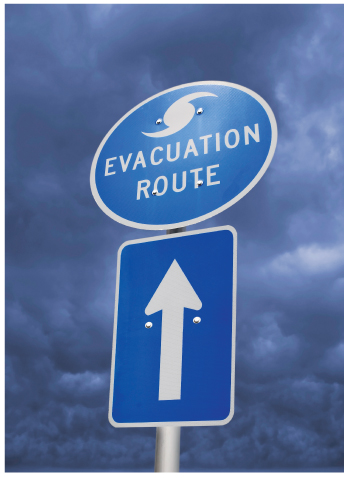A fire, hazardous chemical spill or bomb within a building obviously would necessitate immediate evacuation to a safe location outside the building. So having a solid, rehearsed plan in place could mean the difference between life and death.
In fact, evacuation planning and fire drills have been required by fire prevention codes for decades.
 Occupational Safety and Health Administration (OSHA) regulations (29 CFR 1910.38) for employee safety in the workplace require emergency-action plans that include employee evacuation. An effective evacuation plan will include:
Occupational Safety and Health Administration (OSHA) regulations (29 CFR 1910.38) for employee safety in the workplace require emergency-action plans that include employee evacuation. An effective evacuation plan will include:
Recommended For You
Want to continue reading?
Become a Free PropertyCasualty360 Digital Reader
Your access to unlimited PropertyCasualty360 content isn’t changing.
Once you are an ALM digital member, you’ll receive:
- Breaking insurance news and analysis, on-site and via our newsletters and custom alerts
- Weekly Insurance Speak podcast featuring exclusive interviews with industry leaders
- Educational webcasts, white papers, and ebooks from industry thought leaders
- Critical converage of the employee benefits and financial advisory markets on our other ALM sites, BenefitsPRO and ThinkAdvisor
Already have an account? Sign In Now
© 2025 ALM Global, LLC, All Rights Reserved. Request academic re-use from www.copyright.com. All other uses, submit a request to [email protected]. For more information visit Asset & Logo Licensing.








